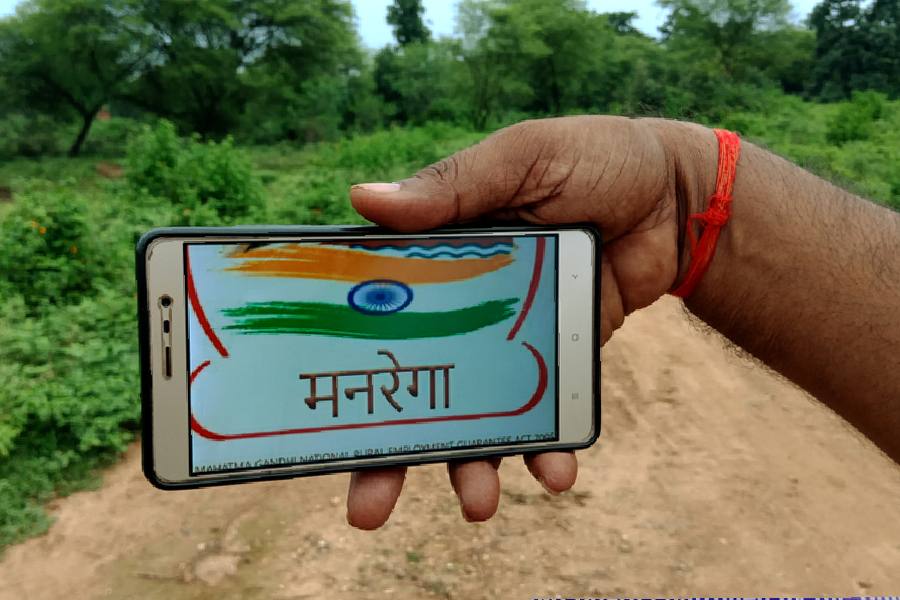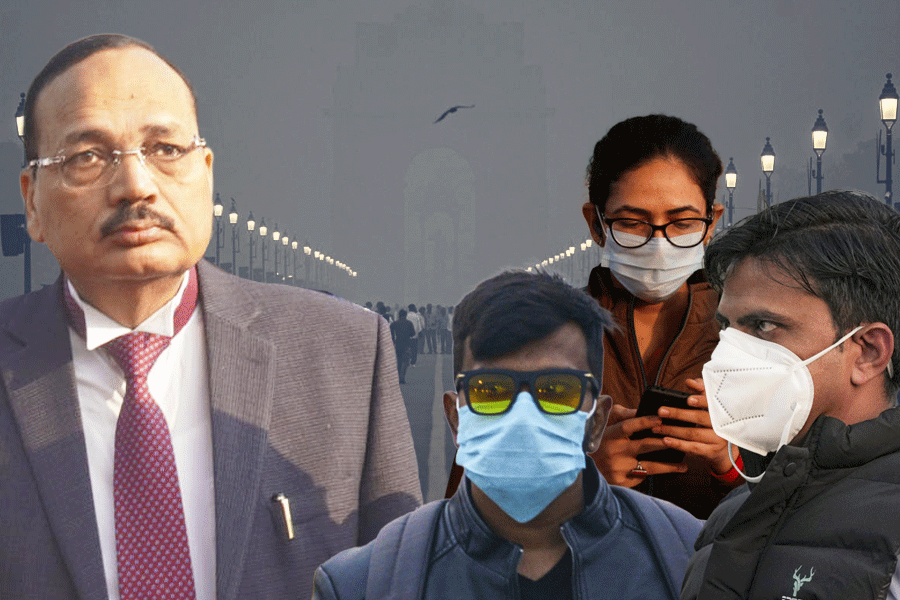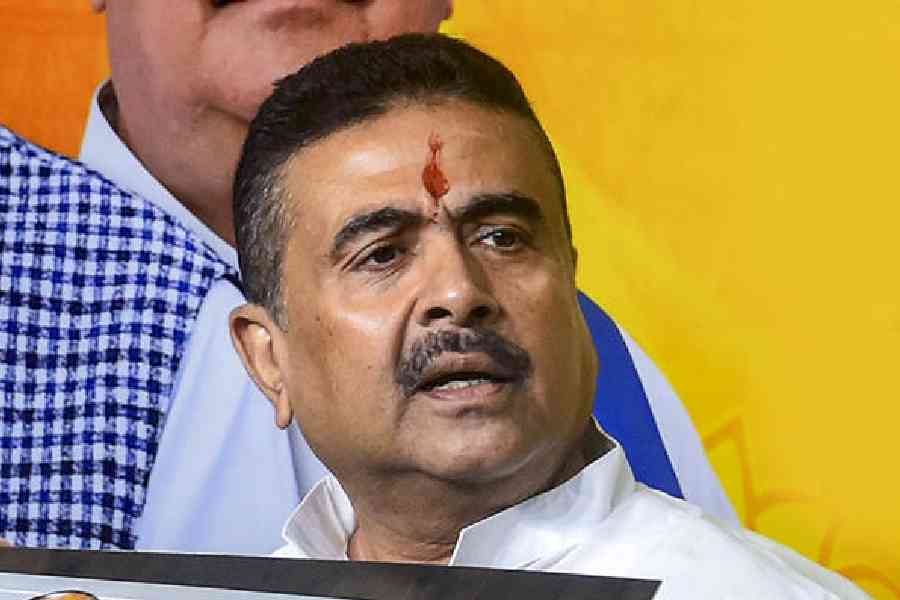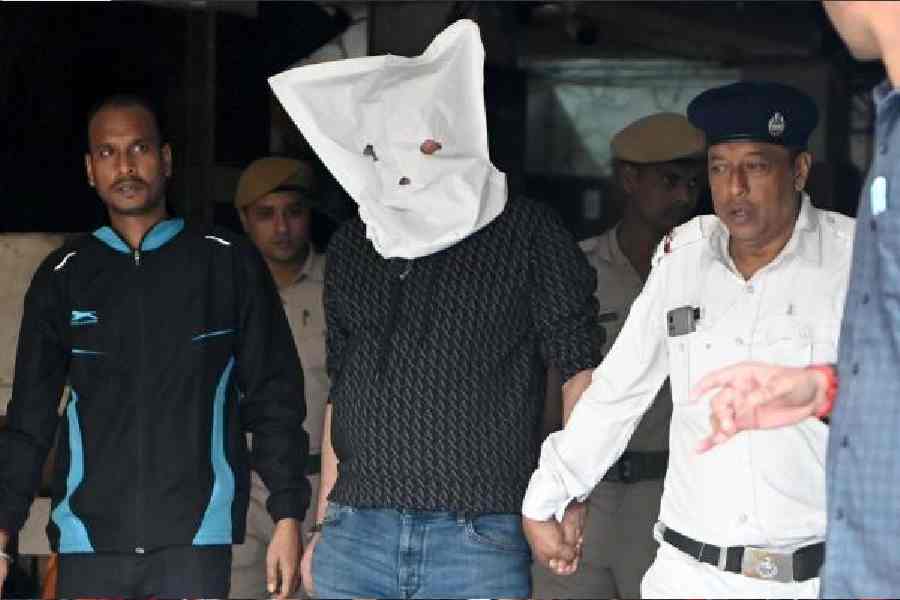 |
 |
| Two Targets: Army chief VK Singh and 26/11 victim Hemant Karkare |
Washington, Dec. 10: The Pakistan Army’s notorious Inter-Services Intelligence (ISI) agency has a new task: to cook up WikiLeaks cables which show India in the worst possible light and plant them in newspapers.
Pakistanis woke up yesterday to “revelations” in their Urdu and English media about WikiLeaks cables confirming that India was covertly creating mayhem in Balochistan and Waziristan.
These stories, which dominated the front page in many cases, also quoted US diplomats in New Delhi as secretly cabling Washington that the former chief of the Indian Army, General Deepak Kapoor, was an “incompetent combat leader and rather a geek”.
Another ISI-manufactured cable predictably detailed India’s human rights abuses in Jammu and Kashmir and compared a former General-Officer-Commanding in the Northern Command, Lt Gen. H.S. Panag, to the alleged Serbian war criminal, Slobodan Milosevic, accusing Panag of genocide of Muslims in Kashmir.
Worst of all, an ISI concoction said Hemant Karkare, the head of Maharashtra’s anti-terrorism squad who was killed in action during the Pakistan-inspired terrorist attack on Mumbai in 2008, had met US diplomats and sought their protection because he feared that he would be eliminated by a Hindu extremist cell in the Indian Army.
The fake American cables planted on the Pakistani media even quoted a US diplomat as telling Washington on the day Karkare was killed by terrorists that “we have lost an important link and a vital evidence”.
Today, some of the Pakistani newspapers which published the planted stories apologised to readers for having been taken for a ride.
“The story was released by the Islamabad-based ‘Online News Agency’ and was run... with the confidence that it was a genuine report and must have been vetted before release. However, several inquiries suggest that this was not the case,” The News, an English daily, said in its clarification.
The leading Urdu newspaper, Jang, issued a similar explanation.
The fakes may never have been exposed if The Guardian of London, one of about half-a-dozen media outlets vetting, editing, interpreting and publishing the WikiLeaks cables from Day One of their release, had not investigated the sensational anti-Indian plants which created ripples in the diplomatic community in Islamabad.
“An extensive search of the WikiLeaks database... by date, name and keyword failed to locate any of the incendiary allegations. It suggests this is the first case of WikiLeaks being exploited for propaganda purposes,” The Guardian announced as part of yesterday’s release of genuine WikiLeaks cables.
It asked one of the Pakistani editors who published the fake cables and was told it was “agencies” copy. “The editor promised to investigate its origins.”
Reflecting a grim Pakistani reality, The Guardian quoted a blogger as writing that in Pakistan, “agencies” can mean both a news agency and a spy agency that indulges in activities it would not dare to do in a genuine democracy.
The Islamabad correspondent of The Guardian wrote that the “Online News Agency” is an Islamabad-based news service that has frequently run pro-army stories in the past. Therefore, the presumption that the army and the ISI are behind the latest plant as well.
The obsession with the Indian Army in the fake cables was also a giveaway. In Pakistan, the defence forces are the most important institution determining the fate of Pakistanis, but in India that is far from being the case and yet, US diplomats in New Delhi are shown in the ISI concoctions as focusing heavily on the army as they would in Islamabad.
In a reference to the present chief of India’s army staff, Gen. V.K. Singh, a cable purportedly from the US embassy in New Delhi “mentioned General Singh as an egotist, self-obsessed, petulant and idiosyncratic general, a braggadocio and a show-off, who has been disliked (and barely tolerated) by all his subordinates”.
Another cable “urged Washington to secretly divert UN attention towards the genocide of innocent civilians in Indian-held Kashmir at the hands of Indian Army and also suggested that US should avoid holding any joint drill with Indian Army until it stops inhuman activities in Kashmir”.
Common sense should have told any Pakistani editor handling this plant that since Washington had acted against every piece of advice purportedly given by its diplomats in New Delhi, the story should have been suspect.
The fact that Pakistani editors willingly suspended disbelief could lend credence to a theory that they may have been part of such disinformation, which was exposed only because of diligence on the part of The Guardian.
Yet another fake cable described India’s “Hindutva brotherhood as a far bigger threat to regional and global peace than the Taliban, al-Qaeda and the Lashkar-e-Toiba and the latter three were declared as ‘peanuts’ if equated with Hindutva brotherhood and Sangh Parivar and Washington was urged to take up the issue with New Delhi”.
In their sychophancy, the ISI fakers in Rawalpindi did not fail to plant a cable that praised their boss. “The Inter-Services Intelligence (ISI) chief Ahmed Shuja Pasha’s extension in service was termed as a good omen (for the US) in one such cable and it was added that his further presence on the scene would enhance the agency’s abilities to combat anti-terror war.”
If yesterday’s plant had gone undetected, it would have taken away some of the severe sting for Pakistan from the genuine WikiLeaks cables. They have portrayed Islamabad’s civilian leadership and bumbling, corrupt and incompetent and the ISI as double-dealing.
By painting India as the villain, the fake cables sought to at least show India in the same, if not worse, light on issues like human rights, regional hegemony and religious militancy.










